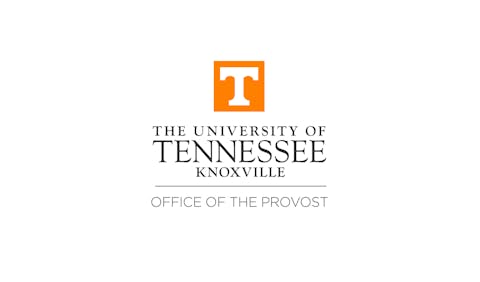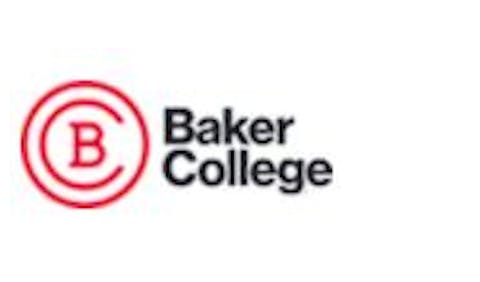George Washington University Plans First University-Based Indoor Crash Test Facility
ASHBURN, Va.
Plans for the world’s first university-based, full-scale indoor crash test facility were unveiled last month at George Washington University’s Virginia campus.
Representatives from George Washington University and GW’s Federal Highway Administration (FHWA)/National Highway Traffic Safety Administration (NHTSA) and National Crash Analysis Center (NCAC) participated in the ceremonial groundbreaking event, which also marked the 10th anniversary of the NCAC. The new crash test facility will be operated by the NCAC and will be the crown jewel of the 80,000 square-foot GW Transportation Research Institute slated to open in 2005 on GW’s Virginia campus.
“The National Crash Analysis Center is a primary example of GW’s commitment to working with government agencies, private industry and other academic institutions in the national interest,” says GW President Stephen Joel Trachtenberg. “The new Transportation Research Institute building — the future home of the NCAC and our fourth building on the GW Virginia Campus — will play a large role in helping make our daily travels and our daily lives safer.”
Guests at the event were treated to interactive displays familiarizing them with the newest advances in automobile safety research. Displays included a 3-D computer simulation environment where guests were able to put on goggles and be part of a crash test, video of crash tests, damaged vehicles previously used in crash tests, child safety models and automatic crash notification systems, among others.
The new NCAC research facility will feature an indoor facility for highway and infrastructure safety testing, an automotive crash test barrier, laboratories and offices.
“The new facility will allow us to run the high-quality tests with sophisticated instrumentation that is required for advanced safety research, but without enormous costs,” says Dr. Nabih E. Bedewi, director of the NCAC and professor of engineering and applied science at GW. “Along with the help of our partners in government, industry and academia, this new facility will allow us to continue to conduct groundbreaking research to help solve the total safety problem.”
The event also highlighted the valuable, life-saving innovations in automobile safety research and technology developed by the NCAC since its inception and showcased new developments that represent the future of automobile safety research.
NCAC research has led to several innovations that have helped to prevent automobile injuries. The NCAC’s pioneering vehicle safety research and testing helped to phase out two-point safety belts, which led to abnormally high amounts of liver laceration in simple automobile crashes. The NCAC also contributed to the design of more than a dozen highway safety barriers that have been installed in several states to reduce injuries and fatalities resulting from roadside impacts.
© Copyright 2005 by DiverseEducation.com















